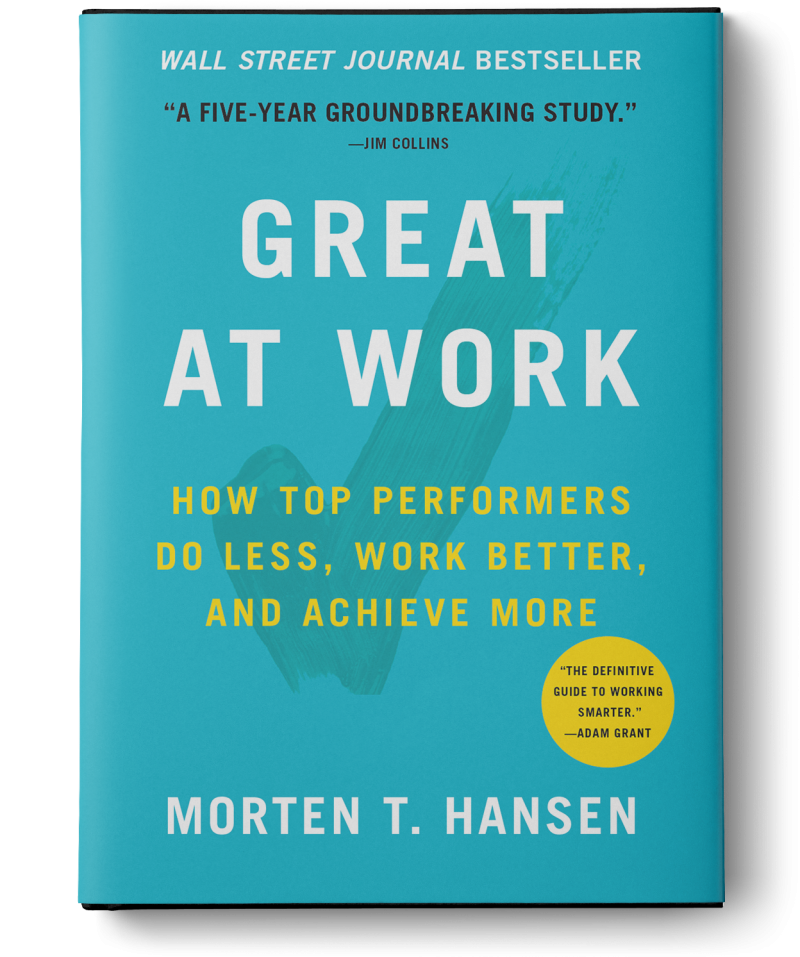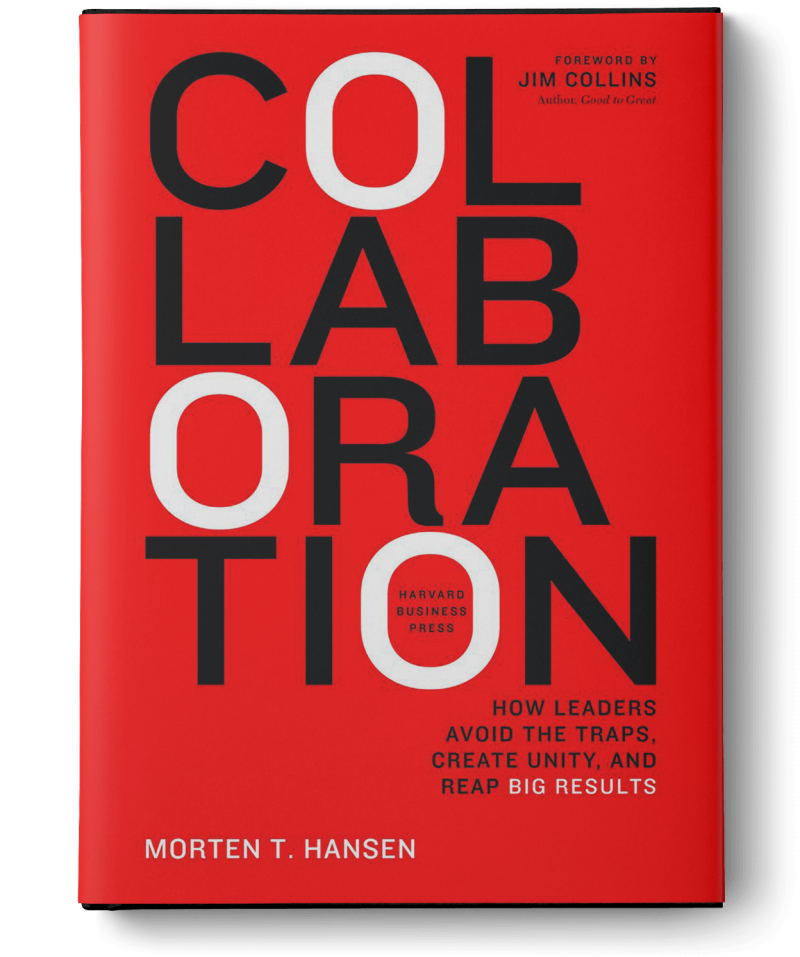How to Have a Good Debate in a Meeting
The modern workplace is awash in meetings, many of which are terrible. As a result, people mostly hate going to meetings. The problem is this: The whole point of meetings is to have discussions that you can’t have any other way. And yet most meetings are devoid of real debate.
To improve the meetings you run, and save the meetings you’re invited to, focus on making the discussion more robust.
When teams have a good fight during meetings, team members debate the issues, consider alternatives, challenge one another, listen to minority views, and scrutinize assumptions. Every participant can speak up without fear of retribution. However, many people shy away from such conflict, conflating disagreement and debate with personal attacks. In reality, this sort of friction produces the best decisions. In my recent study of 5,000 managers and employees, published in my recent book, I found that the best performers are really good at generating rigorous discussions in team meetings. (The sample includes senior and junior managers and individual contributors from a range of industries in corporate America; my aim was to statistically identify work habits that correlate with higher performance.)
So how do you lead a good fight in meetings? Here are six practical tips:
Start by asking a question, not uttering your opinion. In one meeting I was invited to as an adviser, the boss started out by saying, “I think we should do X; I would like your opinion.” Then he went around the table, and everyone in the room raised their hand in support, with zero objections. If you want a real discussion, start with a question. Why? First, it frames the problem to be debated. If the problem is too general, the discussion will go all over the place; if it’s too narrow, that will limit the options. So spend time thinking about the best question. And make sure it isn’t leading, meaning it doesn’t bias the answers. Second, it signals that you want real debate, not just a charade of one. Third, it invites people with different ideas to speak up.
Help quiet people speak up (and don’t let the talkers dominate). Even with good questions, many people refrain from speaking up. Some are intimidated, particularly new hires and junior people. Others fear retribution. Some won’t speak their true opinions for political reasons. And introverted people dislike the discomfort of a rough-and-tumble discussion with loud voices. Yet many of these people have important contributions to make.
To draw them in, try to “warm call” them ahead of the meeting, as one top performer in my study did: “Sometimes I’ll talk to folks in advance of a meeting, saying, ‘Hey, we’re going to have this meeting. I know you have a particular viewpoint, and I think it’s very important that it gets heard, so I’d like to make sure you share it with the group.’” Then lend your support (“Thank you for that important input”). It’s better to try to get people to speak up in a group meeting than to revert to one-on-one discussions. When you get people to speak in meetings, you benefit from the group’s collective wisdom, so people can build on one another’s comments and ideas.
Make it safe for people to take risks — don’t let the sharks rule. Create an atmosphere of psychological safety, as Harvard professor Amy Edmondson calls it, a “climate in which people feel free to express work-relevant thoughts and feelings.” In my study, about one-fifth of participants (19%) were adept at creating such climates. As the data showed, those who scored highly performed better (the correlation was 0.63; perfect correlation would be 1.0, and random chance would be 0). A study of team effectiveness at Google showed the same.
To create such a climate, lead by example (“Let me just throw out a risky idea…”); support those who try (“I really appreciate you suggesting…”); and sanction those who ridicule others (“I don’t want that kind of language here…”).
Take the contrarian view. When I was teaching the American Express turnaround case at HBS, Harvey Golub, then the company’s CEO, came to class. He explained that he would often take the contrarian view: If the meeting was about raising the price for a service, he would show up and ask whether they should lower the price. It forced people to have really solid arguments for their views. A top performer in my study used a similar tactic to provoke a reaction: “I sometimes throw out a ridiculous answer; I find people will speak up and say ‘That doesn’t make any sense whatsoever.’” You can also ask a colleague to play devil’s advocate, where you ask them, for the sake of argument, to take the opposing view. But make sure to get the opposing view on the table.
Dissect the three most fundamental assumptions. In the infamous Bay of Pigs Invasion, where President John F. Kennedy’s team launched a botched invasion of Cuba, his team failed to dissect a crucial assumption — that the invasion by some 1,400 Cuban exiles would lead to a popular uprising against the Castro regime. President Kennedy might well have called off the flawed plan had he known how shaky that assumption was. To avoid such calamities, go after assumptions like a prosecutor goes after a criminal: Do a deep dive yourself, get other experts to dive deep, and get the team to be extremely thorough. One of the managers in our study kept asking the team one tough question: “What are the key assumptions, and what data will make them flawed?”
Cultivate transparent advocates (and get rid of the hard sellers). When you buy a used vehicle on a car lot in the United States, the salesperson will tell you everything that’s good about the car and nothing that’s bad. That’s the hard sell — highlighting the positives and downplaying the negatives. You want people to propose ideas and be passionate about them, but you also want them to be totally honest about the potential negatives. The problem is that there’s a human tendency to shift from being a transparent advocate (showing the plan, warts and all) to becoming a used car salesperson: People are led astray by confirmation bias, where they pay attention to data that confirms their idea, and they escalate commitments by continuing to advocate for their plans even in the face of negative information. You can combat this tendency by forcing people to show the negative: “When you present in the meeting tomorrow, I want to see a slide with the five biggest risks, and we will spend lots of time discussing them, so be prepared.” Or you can ask for a pre-mortem: “Assuming your idea will fail, what would be the key reasons for the failure?”
The purpose of a meeting is to have a debate that will result in a great decision. How you as a manager or participant behave in those meetings to improve debate matters a great deal. Don’t hate meetings; make them better.
This article was previously published in Harvard Business Review.
![]()
Why do some people perform better at work than others?
Morten Hansen reveals the answer in his “Seven Work Smarter Practices” that can be applied by anyone looking to maximize their time and performance.


